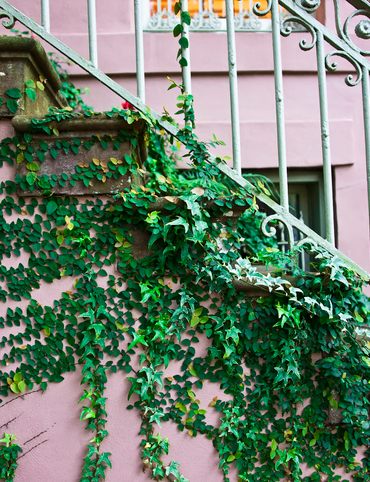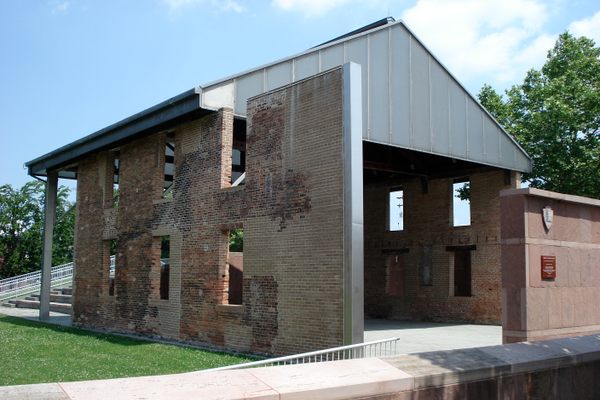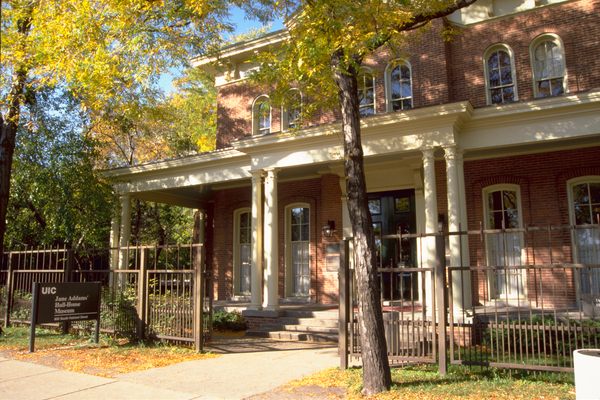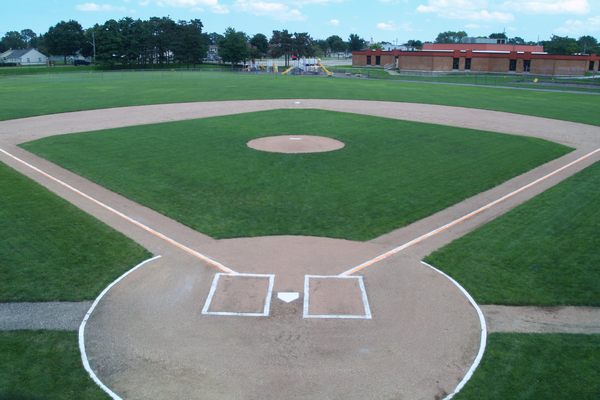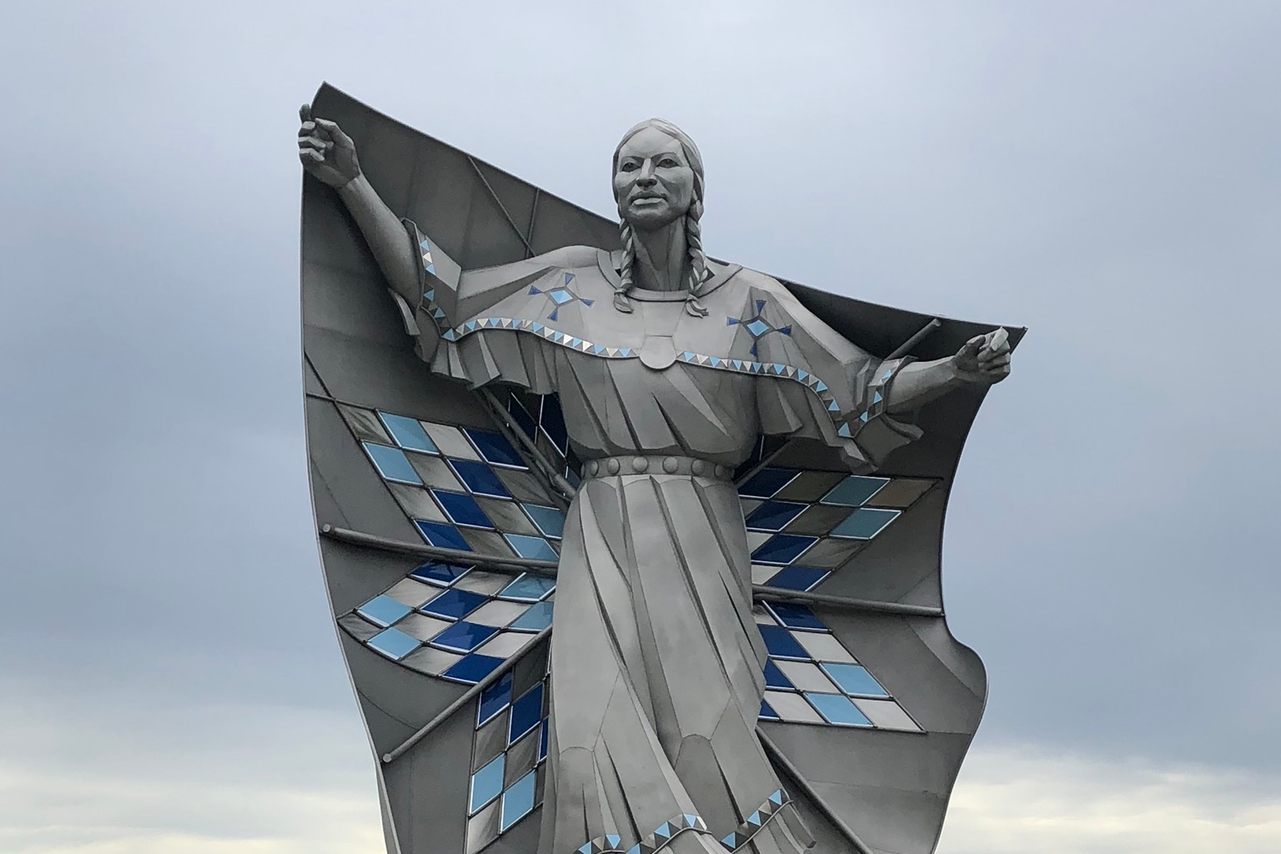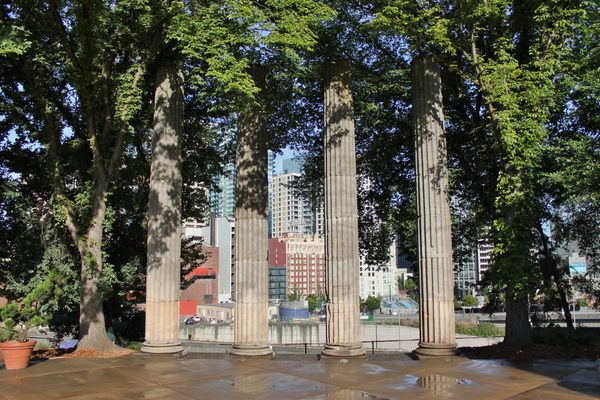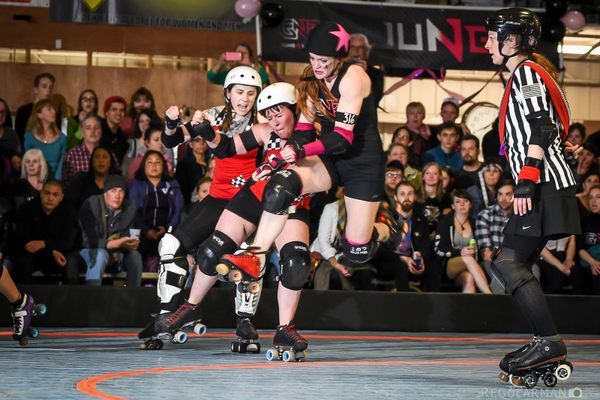Explore the past, present, and future of women in America.
A Feminist Road Trip Across the U.S.
Atlas Obscura has a tradition of exploring the stories of women who changed the world, from wildlife biologists and mountain climbers to Civil War spies and tattoo artists. To celebrate these daring women who struck out on their own, we’ve put together a cross-country road trip. Over 12 stops and more than 3,000 miles, this route will give you a front-row seat to women’s history in America.

1. Where the Women’s Rights Movement Began
It’s only natural that our journey begins in the town where the American movement for women’s suffrage was born. In July 1848, Seneca Falls hosted the country’s first women's rights convention, held at Wesleyan Chapel. Just down the street, a statue commemorates the moment when activists Elizabeth Cady Stanton and Susan B. Anthony first met. Both are part of the Women’s Rights National Historical Park, which was established in 1980.
In the surrounding area, you can find the homes of a number of notable suffragists as well as Mount Hope Cemetery; there is a long-running tradition of placing “I voted” stickers on Susan B. Anthony’s gravestone to honor her fight for women's right to vote.
136 Fall St, Seneca Falls, NY 13148

2. Harriet Tubman: Abolitionist, Spy, Suffragist
Just a few miles away you’ll find the former home of another civil rights activist: Harriet Tubman. After escaping from slavery in Maryland, Tubman led more than a dozen missions to rescue other enslaved people and worked as a scout and spy during the Civil War. In the 1850s, she bought a small farmhouse in Auburn, New York. In addition to her work as an abolitionist, Tubman was a vocal supporter of the women’s suffrage movement.
The park comprises Tubman’s former home, as well as the Tubman Home for the Aged and a church that Tubman helped raise funds to build. She is buried in the town’s Fort Hill Cemetery.
180 South St, Auburn, NY 13021

3. Searching for the Truth
On May 29, 1851, Sojourner Truth delivered a now-famous speech from the Old Stone Church on High Street. Her words had a profound effect on the attendees of the Women's Rights Convention in Akron that day and are remembered as one of the most important feminist and abolitionist speeches in American history—although the version most people know is an inaccurate one.
Though the Old Stone Church is gone, a plaque marks the spot where Truth stood in 1851. It bears the memorable words “Ain’t I a Woman,” which were added in a heavily modified transcript published 12 years later.
37 N High St, Akron, OH 44308

4. Building Community in Chicago
In 1931, Jane Addams became the first American woman to win the Nobel Peace Prize. An ardent feminist and social reformer, Addams ran the Hull-House Settlement, which provided housing, childcare, education, and other resources for immigrant families on the west side of Chicago. Though most of the complex has since been demolished, the two remaining buildings have been turned into a museum commemorating Addams’ life and legacy.
Want to learn more about women’s history in Chicago? Take a trip up to Women & Children First, which was opened in the Andersonville neighborhood in 1979 and today is one of the largest feminist bookstores in the country.
800 S Halsted St, Chicago, IL 60607

5. Pit Stop at the Peach Orchard
About an hour’s drive west from Chicago will take you to Beyer Stadium, home of the Rockford Peaches. The Peaches were one of the teams in the All-American Girls Professional Baseball League (AAGPBL), which you may recognize from the 1992 film A League of Their Own.
After the AAGPBL’s final season in 1954, Beyer Stadium was used for other local sports but began to fall into disrepair. A renovation completed in 2010 brought a new baseball diamond and other improvements; at the dedication ceremony, several AAGPBL players threw out a few ceremonial pitches at the new field. In 2012, Rockford welcomed a new women’s baseball team called the Starfires.
245 15th Ave, Rockford, IL 61104
6. Legacy of the Lakota
Just off of Interstate 90, a 50-foot stainless steel sculpture towers high above a section of the Missouri River. Known as Dignity of Earth and Sky (often shortened to Dignity), the statue is dedicated to a group that is far too often overlooked: the women of the Lakota and Dakota Nations.
Sculptor Dale Lamphere used three Lakota women as models while designing the piece, which was installed in 2016. The statue features a traditional Plains-style outfit and holds behind her a wičháȟpi owíŋža, or star quilt. In Lakota culture, these quilts are gifts that often symbolize honor and generosity.
I-90, Chamberlain, SD 57325
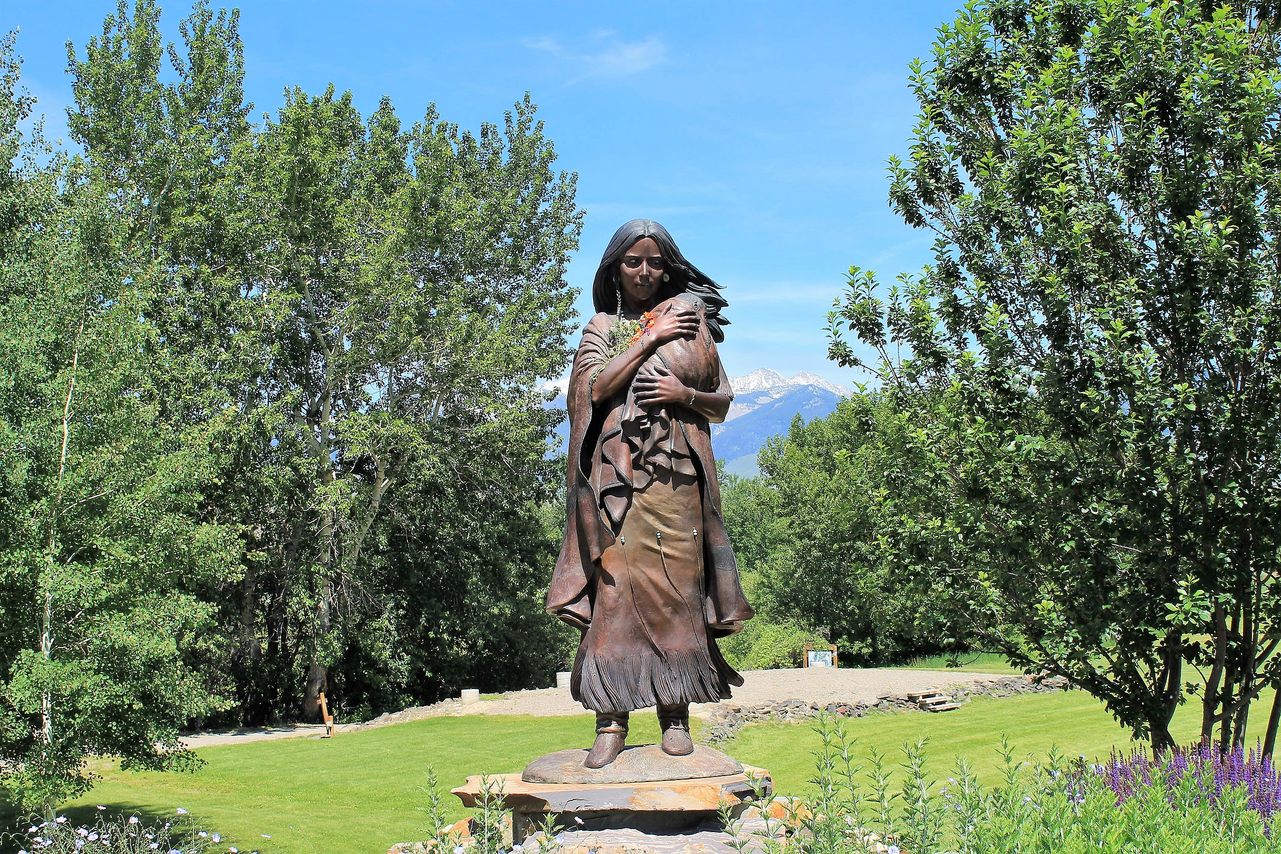
7. The Story of Sacagawea
Sacagawea was still a teenager when she joined Merriwether Lewis and William Clark’s Corps of Discovery Expedition in February 1805. The young Lemhi Shoshone woman served as an interpreter and guide during the group’s journey, though her role went largely unrecognized through the 19th century. In a 1902 novel, Eva Emery Dye was the first to present Sacagawea as a significant member of the expedition. Soon, the Indigenous woman was adopted as a symbol within the women’s suffrage movement.
You'll find dozens of monuments to Sacagawea spread across the western United States, including one outside the Sacajawea Interpretive, Cultural, and Educational Center in the Lemhi River Valley—the ancestral lands of the Agai’dika Shoshone-Bannock people. Between Memorial Day and Labor Day, the center is open for visitors to explore the 70-acre park, see exhibits and artifacts, and visit the research library to learn more about Sacagawea's life.
2700 Main St, Salmon, ID 83467

8. Pillars of the Community
Four tall pillars on the corner of Boren Avenue and Pike Street in Seattle once stood at the entrance of a church that has been supporting progressive movements for more than 150 years. In the late 19th century, the leaders of Plymouth Congregational Church denounced racism against Chinese immigrants, and in the early 20th century the church hosted the National American Woman Suffrage Association Convention. After the church was damaged in the 1965 Puget Sound earthquake, the marble columns were salvaged and installed in this small downtown park.
Just a short walk from Plymouth Pillars Park you can find Wildrose, one of the oldest lesbian bars in the country and an institution for the city’s LGBTQ+ community.
1050 Pike St, Seattle, WA 98101
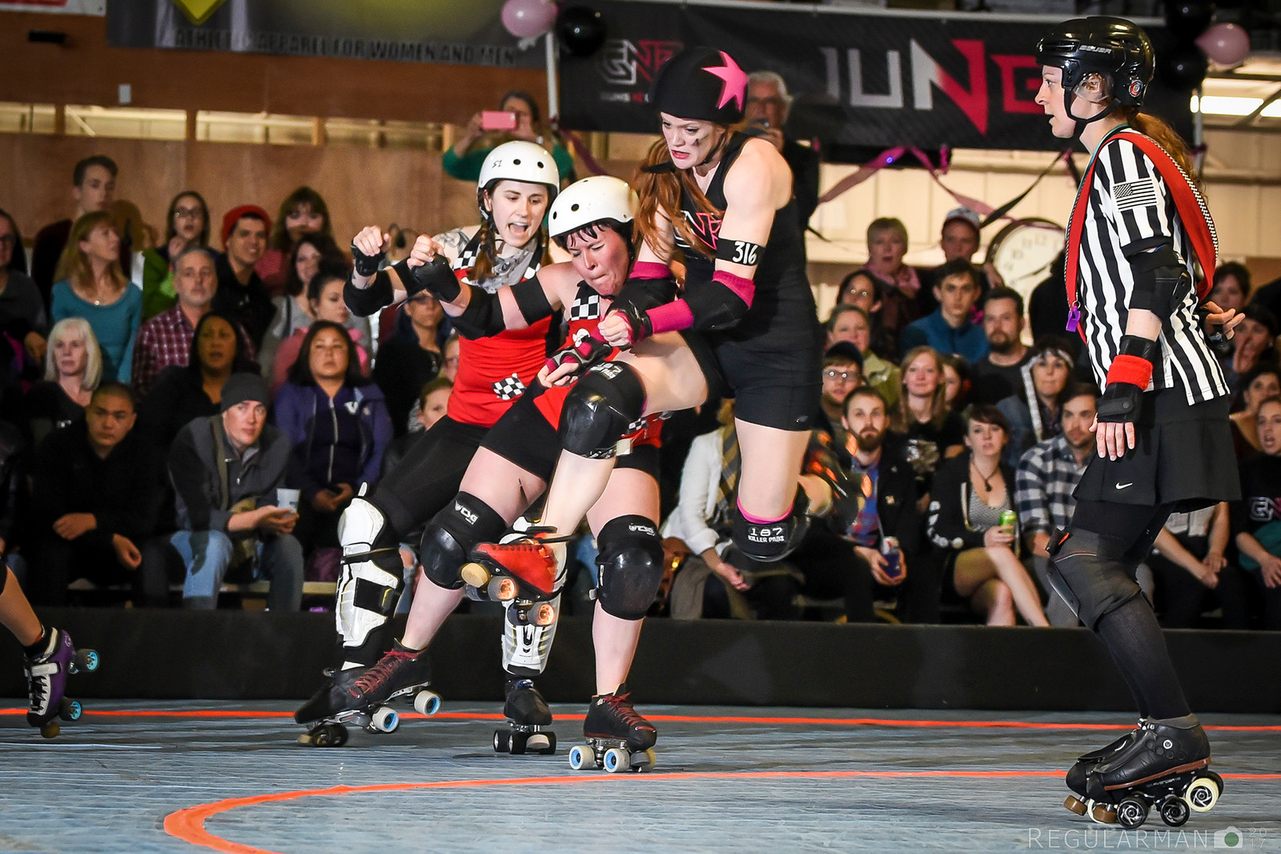
9. Meet the Daring Divas of Roller Derby
Some of the best roller derby in the United States can be found in an unassuming hangar at Portland’s Oaks Amusement Park. Established in 2004, Rose City Rollers is a women’s flat-track roller derby league. Members of the league’s four home teams compete in head-to-head bouts, skating under colorful pseudonyms like Sybil Disobedience, Pain Goodall, and Jaws 2: Lady Jaws.
If you want to get onto the track yourself, Rose City Rollers has a recreational league called Wreckers and offers introductory classes for beginners.
7805 SE Oaks Park Way, Portland, OR 97202

10. The Women Who Made Muir Woods
At Muir Woods, you can stroll through hundreds of acres of protected forest, including a large stand of old-growth coastal redwood trees. The largest redwoods here stand more than 250 feet tall and have been growing for more than 1,200 years. For this stunning piece of preserved habitat, you can thank Laura Lyon White and the California Club.
In 1904, the San Francisco-based women’s organization launched a campaign to preserve the old-growth forest in Redwood Canyon. Though they were unable to raise the necessary funds, their campaign inspired William and Elizabeth Thacher Kent to purchase the land, which President Theodore Roosevelt declared a national monument in 1908.
1 Muir Woods Rd, Mill Valley, CA 94941

11. The Real Rosie the Riveter
On the other side of San Francisco Bay, you can find a park that celebrates the estimated 18 million women who joined defense and support industries during World War II. It started with a memorial to Rosie the Riveter, the iconic bandanna-wearing figure representing women who took jobs in factories and shipyards while men were deployed.
In the years that followed, other parts of the former shipyard surrounding the memorial were preserved. In 2000, they officially became Rosie the Riveter WWII Home Front National Historical Park, which brings together stories of the women who kept the country running during times of war.
1414 Harbour Way S #3000, Richmond, CA 94804

12. The Future is Female
In 1979, a Bay Area nonprofit bought a four-story building in the city’s Mission District and turned the former Sons of Norway meeting hall into a woman-owned and operated community center that advocates for gender equality and social justice.
The bold, bright Maestrapeace Mural covering the exterior of the Women’s Building is a collaborative piece created by seven women artists. It features portraits of real women including painter Georgia O’Keefe, activist Rigoberta Menchu, and poet Audre Lorde, as well as feminine mythological figures from around the world. This vibrant mural celebrates the breadth of what women have accomplished, while reminding us that there’s still work to be done.
3543 18th St #8, San Francisco, CA 94110

Gastro Obscura’s 11 Essential Places to Eat and Drink in Bangkok
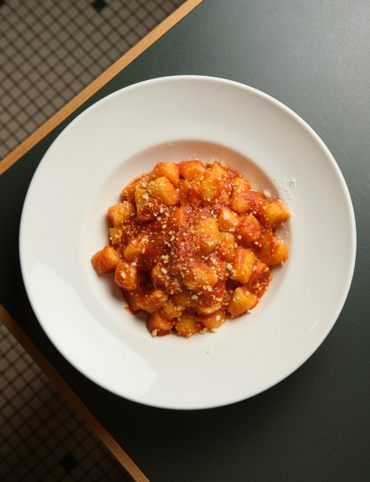
Gastro Obscura’s 10 Essential Places to Eat and Drink in Rome
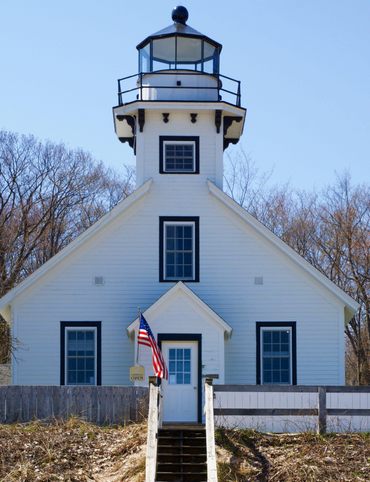
The Explorer’s Guide to Road Tripping Around the Great Lakes

10 National Parks That Are Perfect for a Road Trip
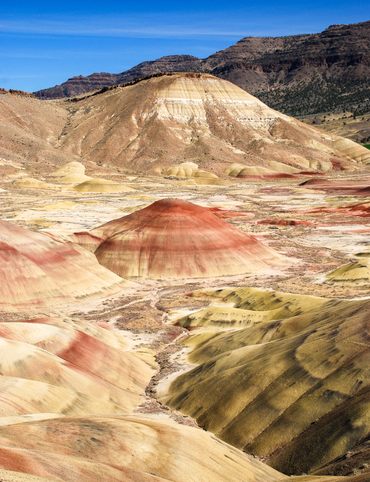
10 Out-of-This-World Places You Can Reach in Your Car
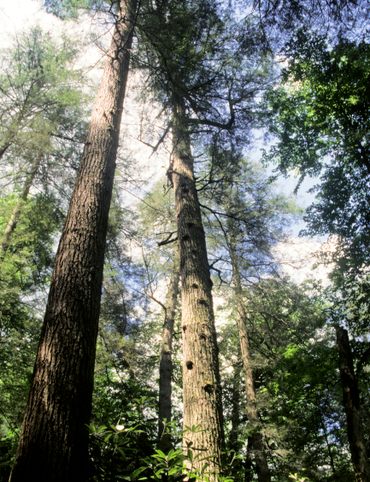
The Explorer’s Guide to Road Tripping Around Appalachia
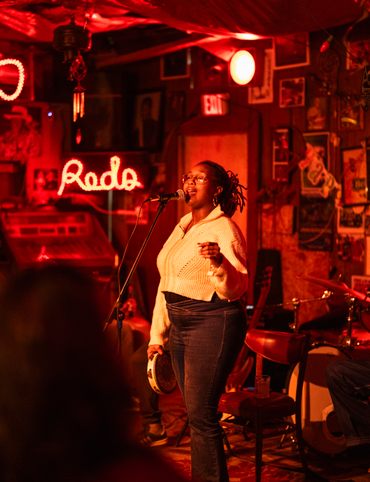
The Explorer’s Guide to Road Tripping Down Highway 61
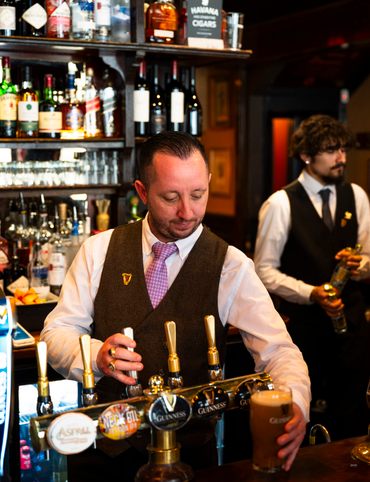
Gastro Obscura’s 10 Essential Stops on an Alternative London Pub Crawl

The Explorer’s Guide to Joshua Tree National Park
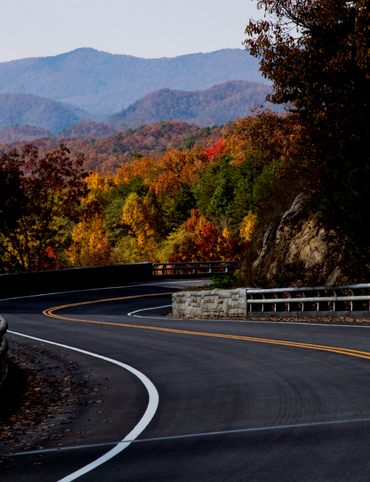
The Explorer’s Guide to the Great Smoky Mountains National Park
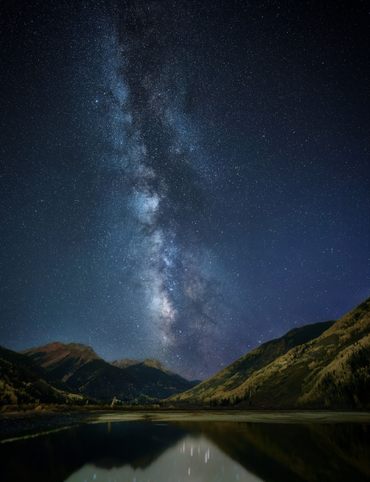
Cosmic Colorado: A Stargazer’s Guide to the Centennial State
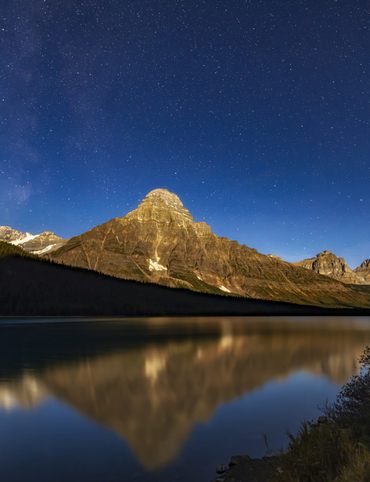
The Explorer’s Guide to Banff National Park

10 Wild Places That Define West Virginia’s Landscape

The Ultimate Guide to Hidden Red Rocks: 10 Secret Passageways, Artifacts, and Ghost Stories
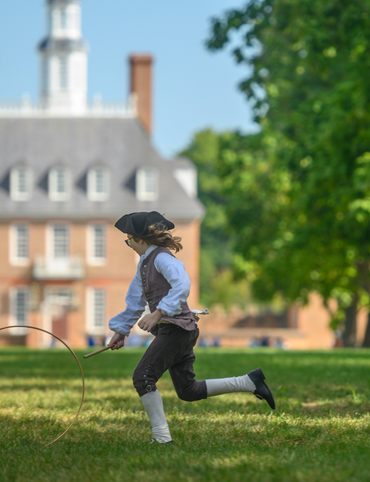
The Explorer’s Guide to Williamsburg, Virginia
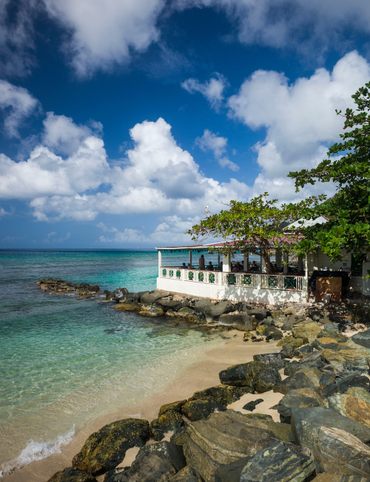
The Explorer’s Guide to the British Virgin Islands
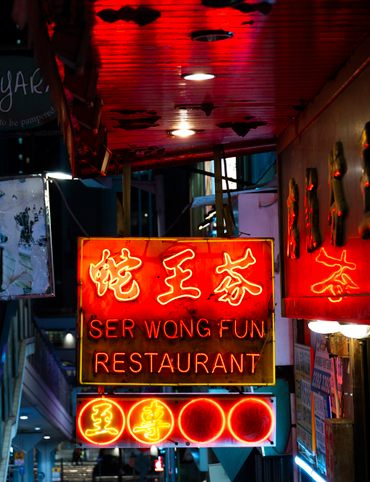
Gastro Obscura’s 10 Essential Places to Eat, Drink, and Shop in Hong Kong

A Denver Guide for National Park Lovers

Gastro Obscura’s 10 Essential Places to Eat and Drink in Oaxaca
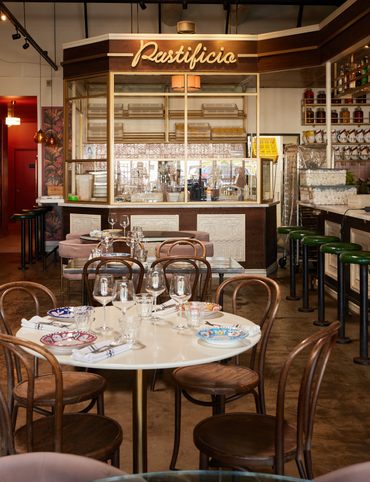
A Gastro Obscura Guide to Family-Friendly Dining in San Diego
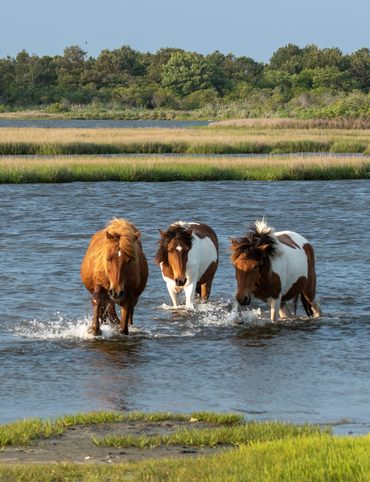
The Explorer’s Guide to Outdoor Wonders In Maryland
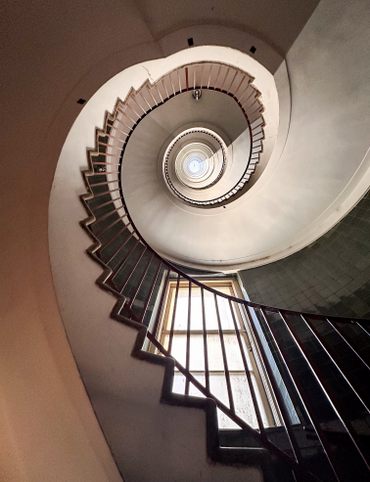
The Secret Lives of Cities: Ljubljana

From Cigar Boom to Culinary Gem: 10 Essential Spots in Ybor City
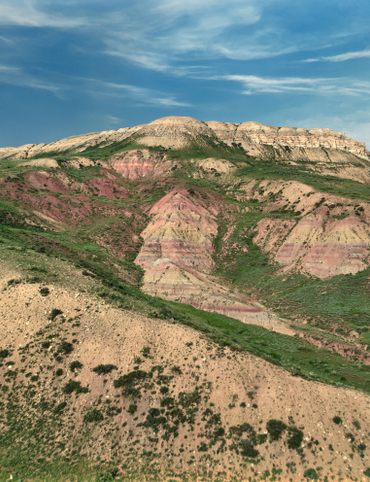
The Explorer’s Guide to Wyoming’s Captivating History

A Nature Lover’s Guide to Sarasota: 9 Wild & Tranquil Spots
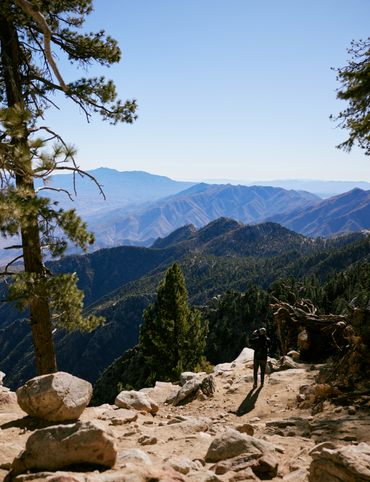
California’s Unbelievable Landscapes: A Guide to Nature’s Masterpieces

The Ultimate California Guide to Tide Pools and Coastal Marine Life

Explore California on Foot: Nature’s Year-Round Playground
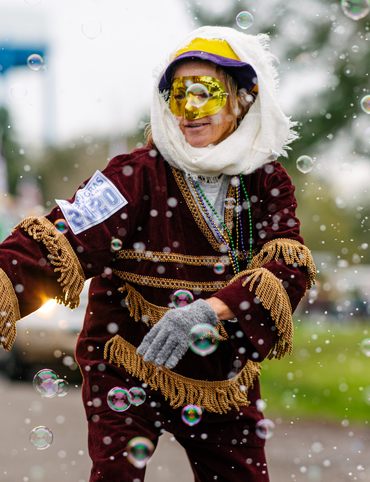
Mardi Gras 9 Ways: Parades, Cajun Music, And Courirs Across Louisiana
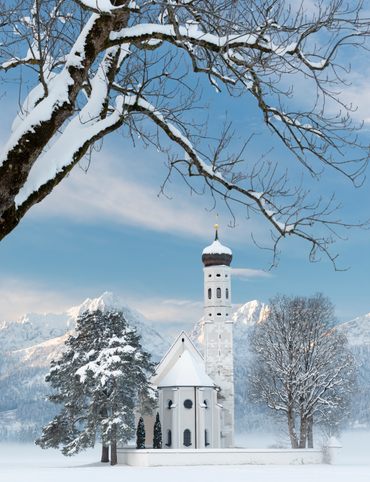
The Explorer’s Guide to Winter in Germany
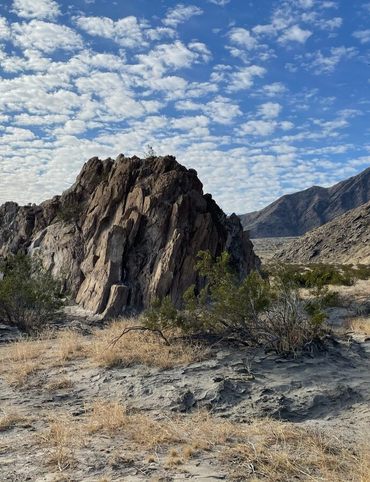
Ancient California: A Journey Through Time and Prehistoric Places

The Wildest West: Explore California’s Ghost Towns and Gold Fever Legacy
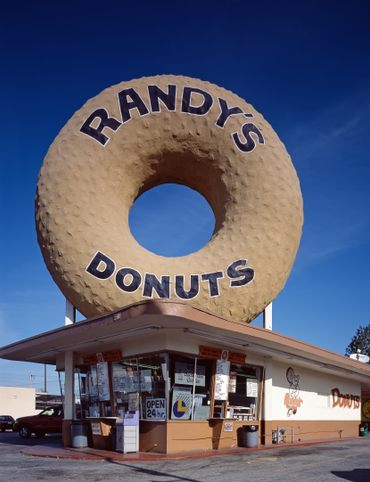
Sweet California: A Culinary Guide to Tasty Treats Across the State

Sea of Wonders: An Itinerary Through California’s Stunning Shoreline
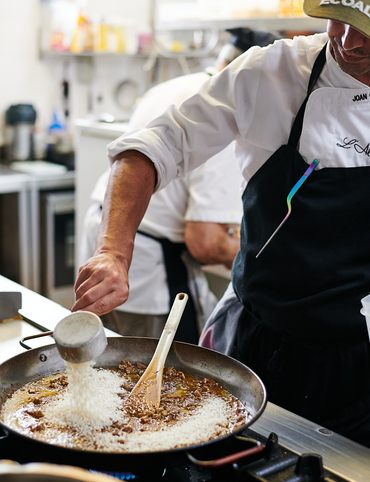
10 Places to Taste Catalonia’s Gastronomic Treasures

Atlas Obscura’s Guide to Palm Springs
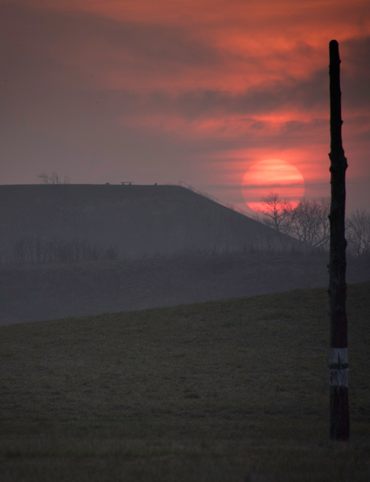
Atlas Obscura’s Guide to the 10 Most Mystifying Places in Illinois
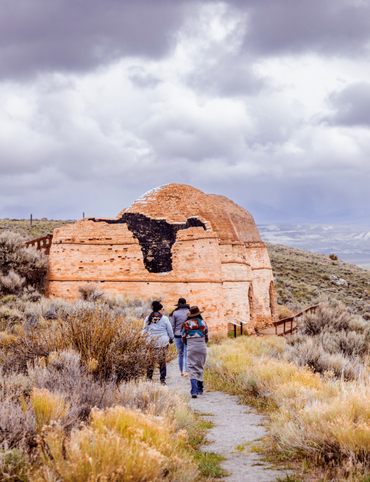
10 Fascinating Sites That Bring Idaho History to Life
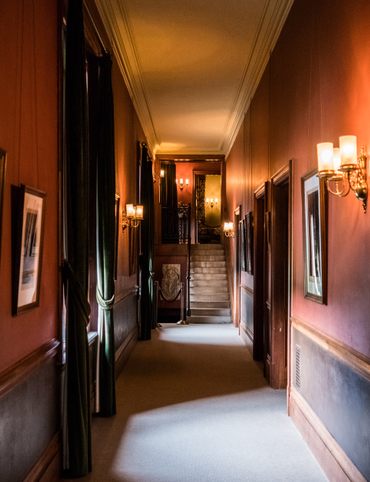
North Carolina's Paranormal Places, Scary Stories, & Local Haunts
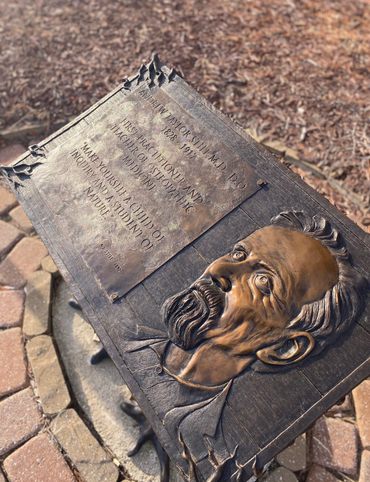
Exploring Missouri’s Legends: Unveiling the Stories Behind the State’s Iconic Figures

These Restaurants Are Dishing Out Alabama’s Most Distinctive Food
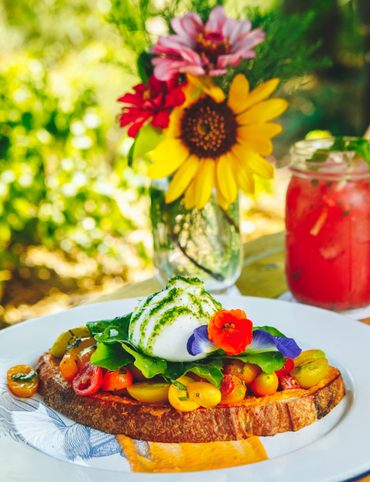
A Gastro Obscura Guide to Los Cabos
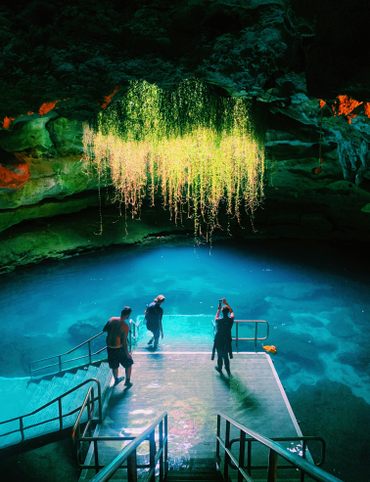
9 Watery Wonders on Florida’s Gulf Coast
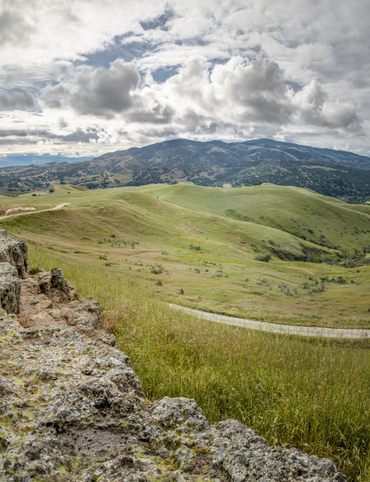
Discover the Surprising and Hidden History of Monterey County

Gastro Obscura’s Guide to Eating Your Way Through Charlotte
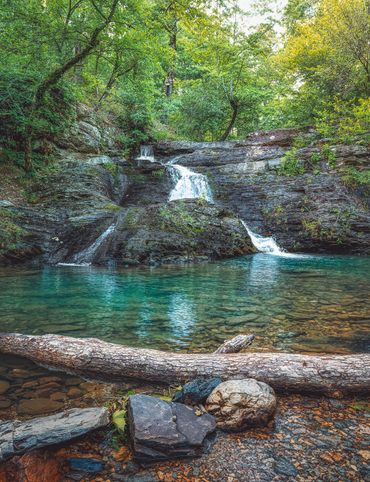
Talimena Scenic Byway: 6 Essential Stops for Your Arkansas Road Trip

9 Amazing Arkansas Adventures Along the Scenic 7 Byway
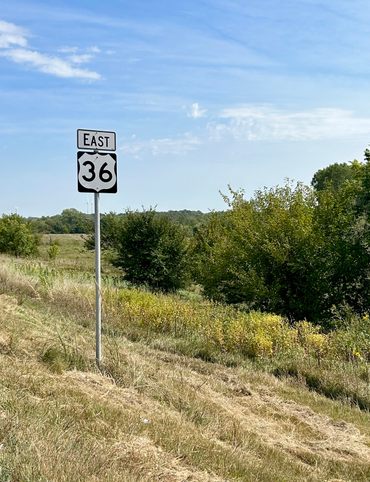
The Explorer's Guide to Highway 36: The Way of American Genius
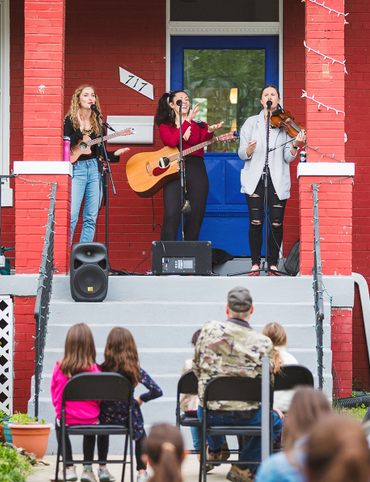
A Behind-the-Scenes Guide to DC’s Art and Music
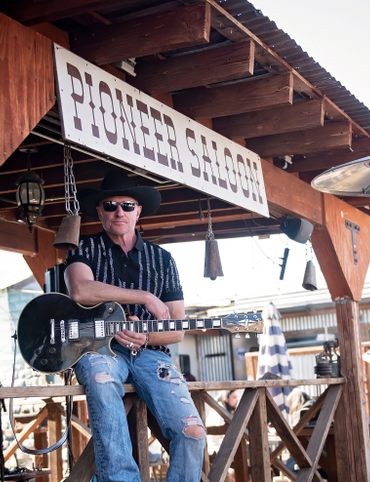
9 Places Near Las Vegas For a Different Kind of Tailgate
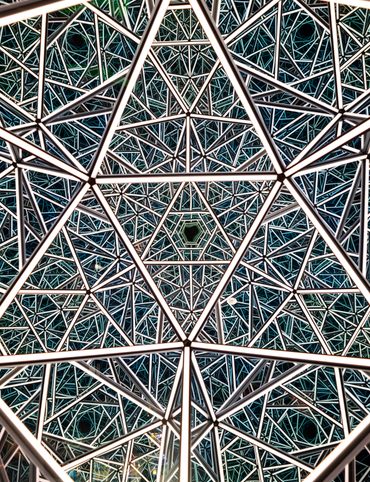
10 Places to See Amazing Art on Florida's Gulf Coast

8 Reasons Why You Should Visit the Bradenton Area

A Music Lover’s Guide to New Orleans
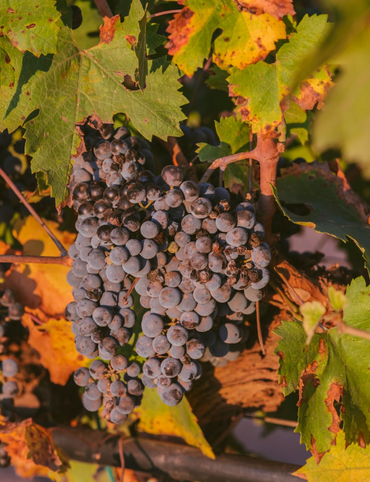
Gastro Obscura’s Guide to Sipping Wine in Catalonia
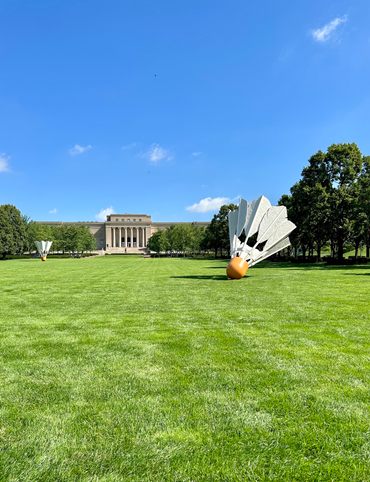
9 Hidden Wonders in the Heart of Kansas City

10 Unexpected Delights of Vermont's Arts and Culture Scene
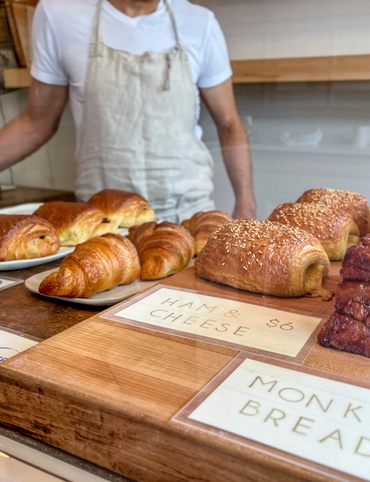
Gastro Obscura’s Guide to Eating Through Maine
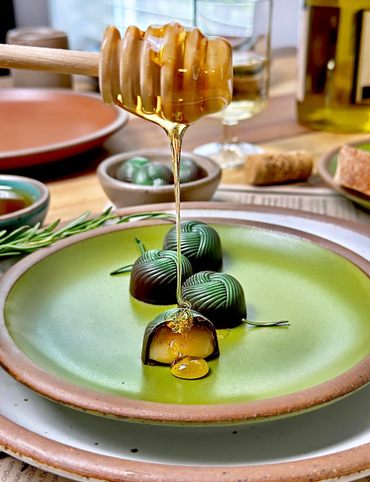
The Gastro Obscura Guide to Asheville Area Eats
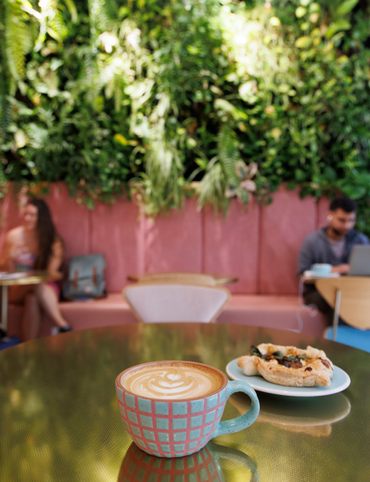
Gastro Obscura’s Guide to St. Pete/Clearwater
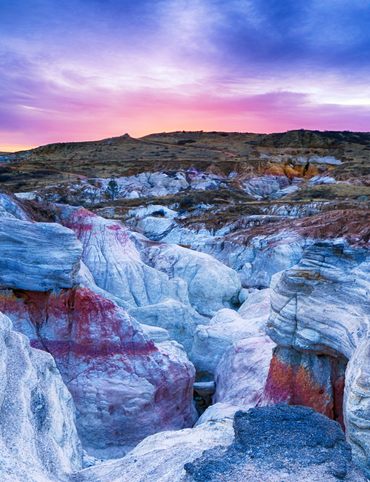
9 Hidden Wonders in Eastern Colorado
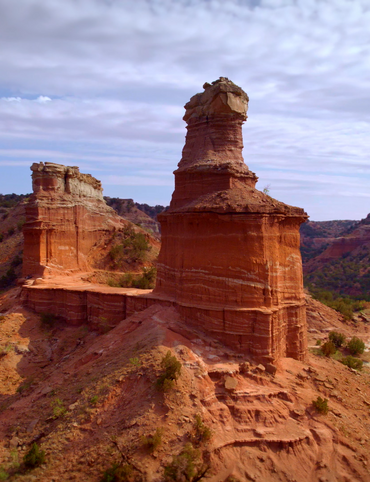
7 Places to Experience Big Wonder in Texas
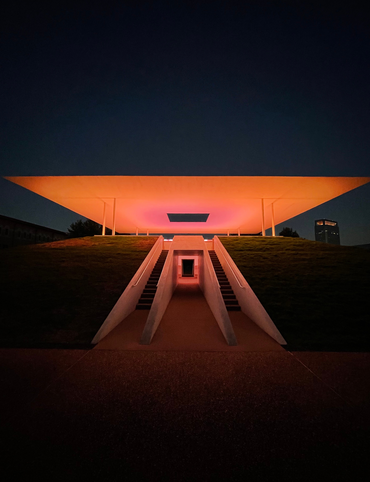
8 Out-There Art Destinations in Texas
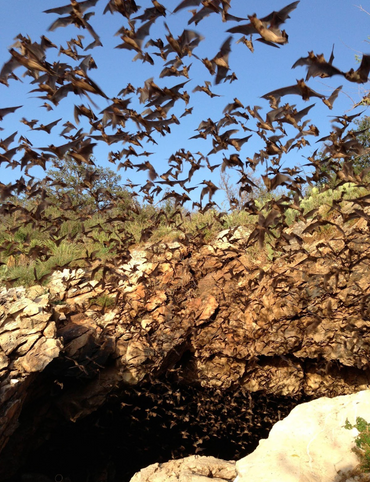
6 Ways To See Texas Below the Surface

9 Places to Dive Into Fresh Texas Waters
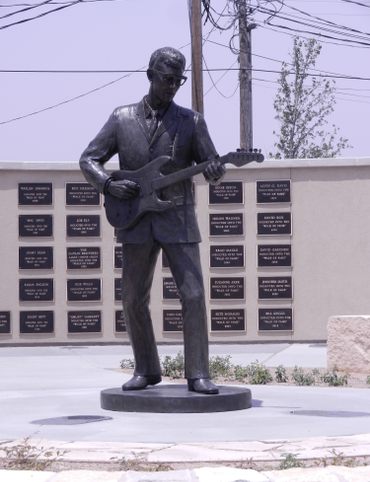
7 Ways to Explore Music (and History) in Texas
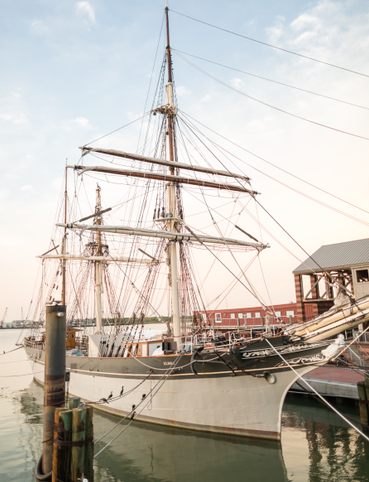
8 Ways to Discover Texas’ Rich History

The Explorer’s Guide to the Northern Territory, Australia
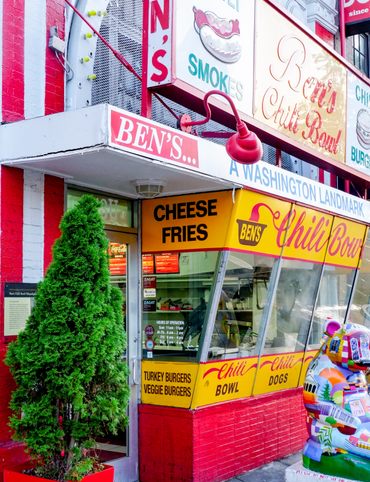
The Explorer's Guide to U Street Corridor

Gastro Obscura Guide to Southern Eats
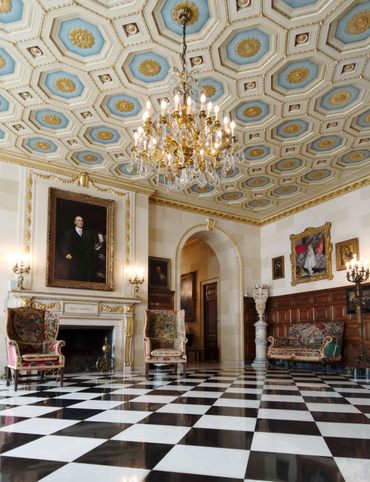
Only In Delaware

The Secret History & Hidden Wonders of Charlotte, North Carolina
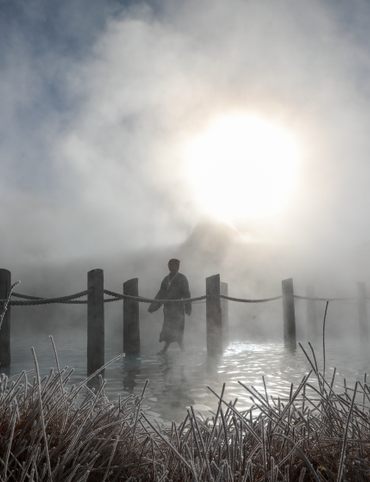
Exploring Colorado's Historic Hot Springs Loop
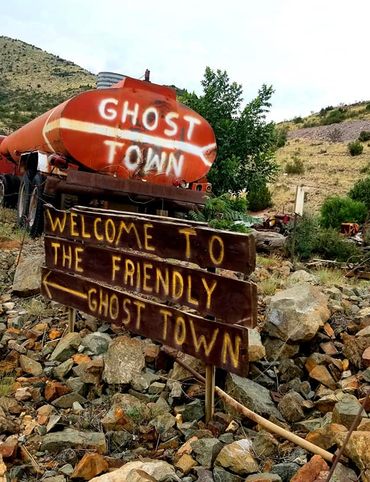
These 8 Arizona Ghost Towns Will Transport You to the Wild West
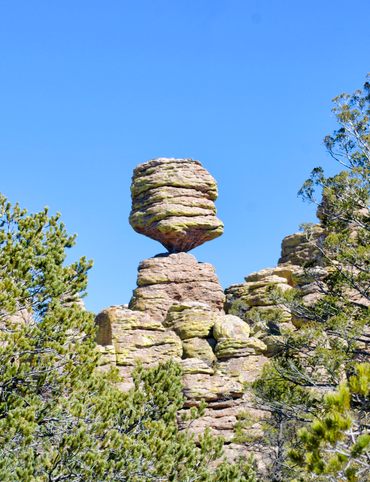
A Guide to Arizona’s Most Striking Natural Wonders
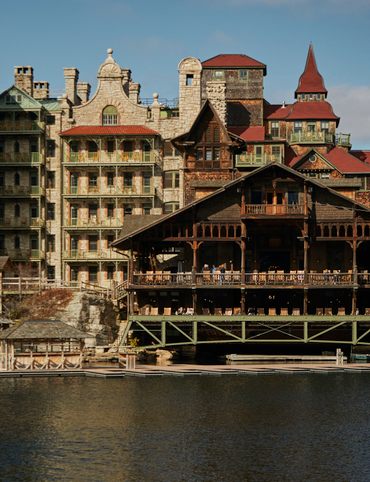
The Explorer's Guide to Hudson Valley, New York

Discover the Endless Beauty of the Pine Tree State

Travel to New Heights Around the Pine Tree State

8 Historical Must-Sees in Granbury, Texas
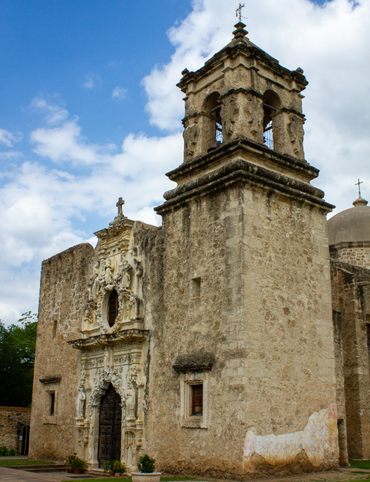
7 Creative Ways to Take in San Antonio’s Culture
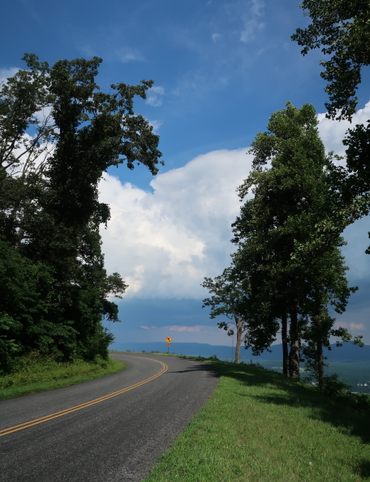
Eat Across the Blue Ridge Parkway
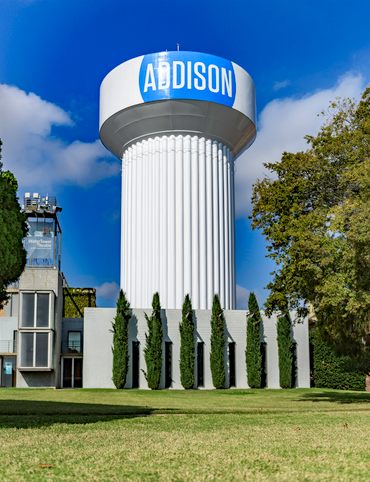
6 Ways to Absorb Addison, Texas’ Arts and Culture

6 Ways to Take in the History of Mesquite, Texas
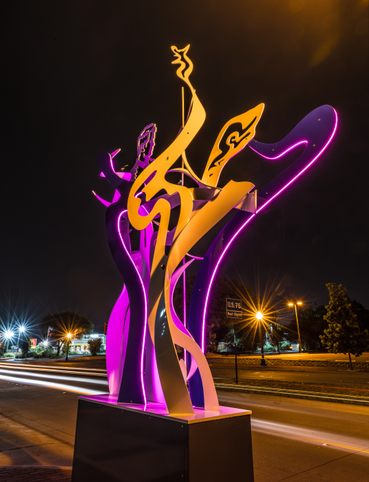
6 Ways to Soak Up Plano’s Art and Culture
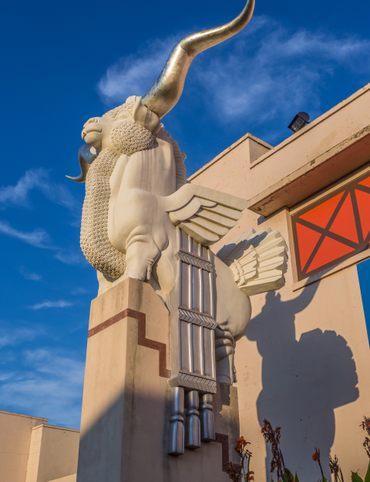
9 Dallas Spots for Unique Art and Culture
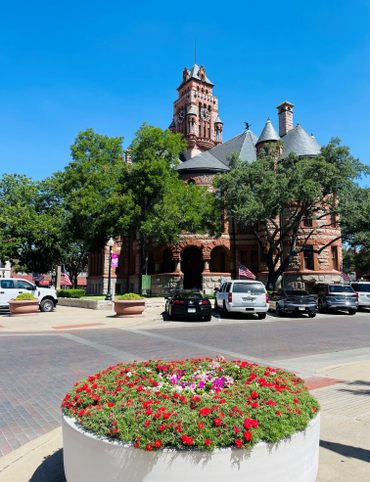
7 Sites of Small-Town History in Waxahachie, Texas
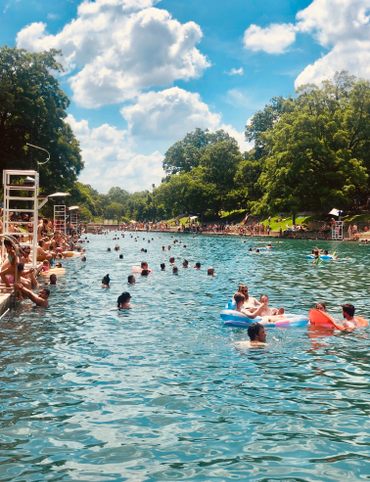
6 Natural Wonders to Discover in Austin, Texas
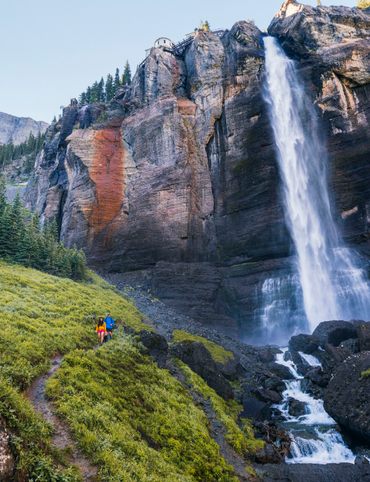
Discover the Secrets of Colorado’s Mountains and Valleys

A Road Trip Into Colorado’s Prehistoric Past
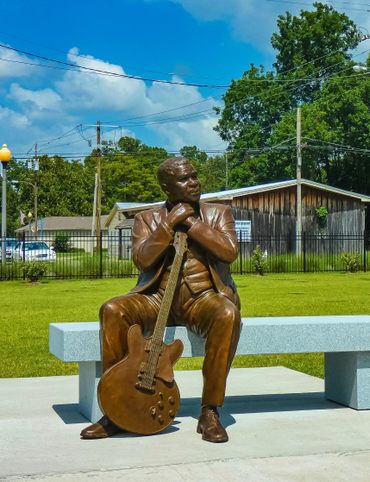
All Points South
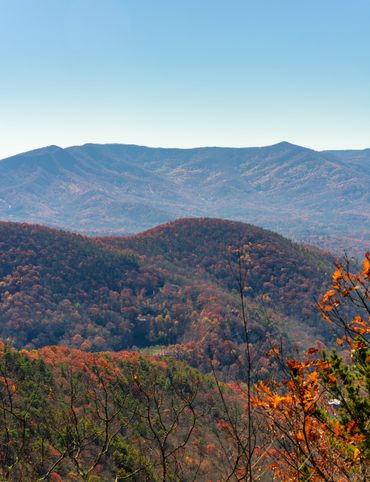
Asheville: Off the Beaten Path
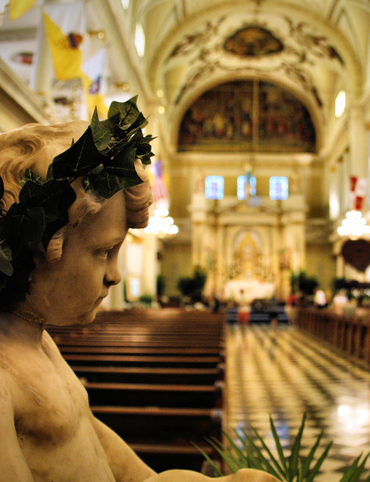
Restless Spirits of Louisiana
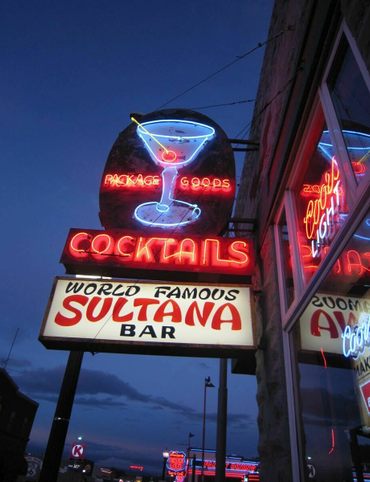
Eat Across Route 66
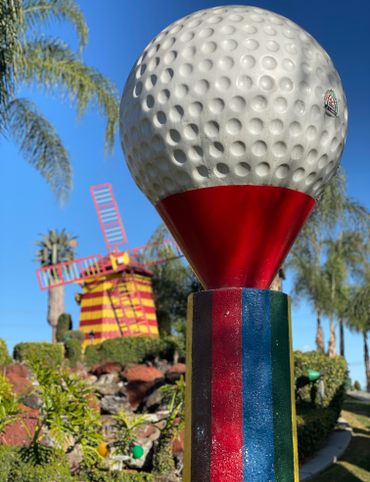
18 Mini Golf Courses You Should Go Out of Your Way to Play

4 Underwater Wonders of Florida
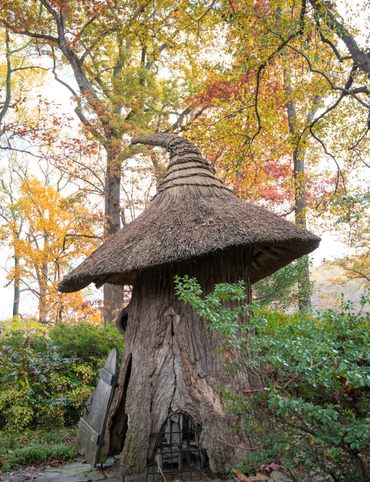
6 Spots Where the World Comes to Delaware

Study Guide: Road Trip from Knoxville to Nashville
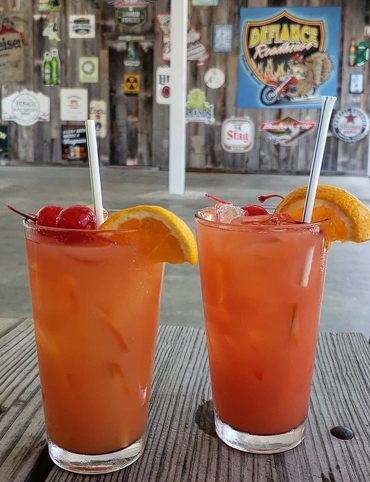
6 Wondrous Places to Get Tipsy in Missouri
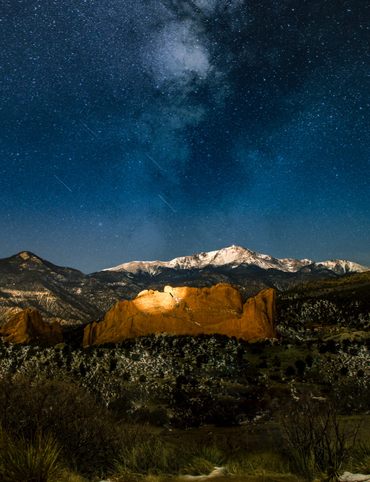
Rogue Routes: The Road to Pikes Peak

Rogue Routes: The Road to Carhenge

4 Pop-Culture Marvels in Iowa

7 Stone Spectacles in Georgia

6 Stone-Cold Stunners in Idaho
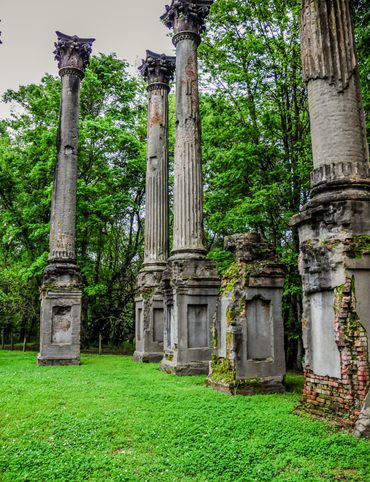
8 Historic Spots to Stop Along Mississippi's Most Famous River
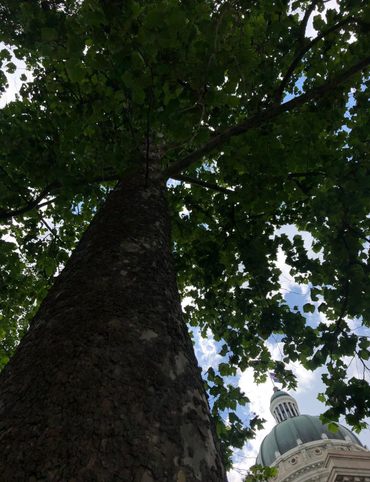
5 Incredible Trees You Can Find Only in Indiana
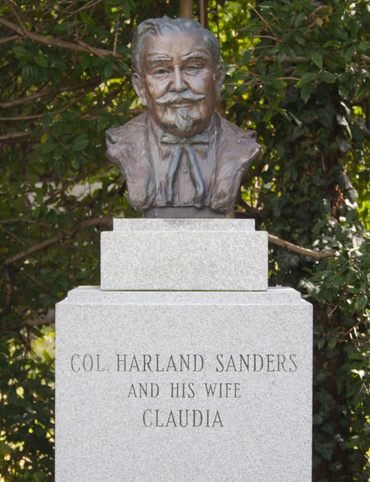
5 Famous and Delightfully Obscure Folks Buried in Kentucky

4 Wacky Wooden Buildings in Wyoming
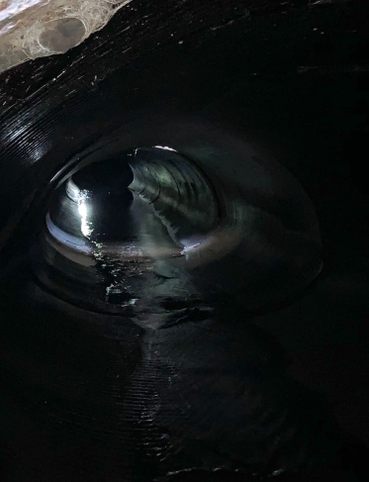
7 Spots to Explore New Jersey’s Horrors, Hauntings, and Hoaxes
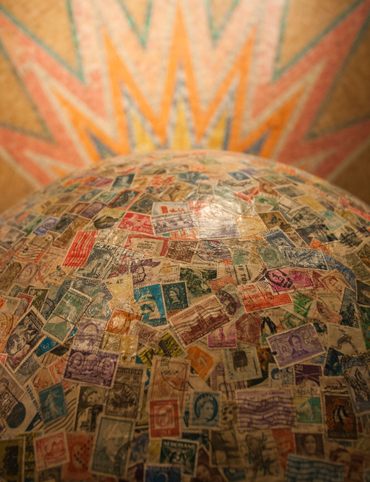
4 Out-There Exhibits Found Only in Nebraska

6 Sweet and Savory Snacks Concocted in Utah
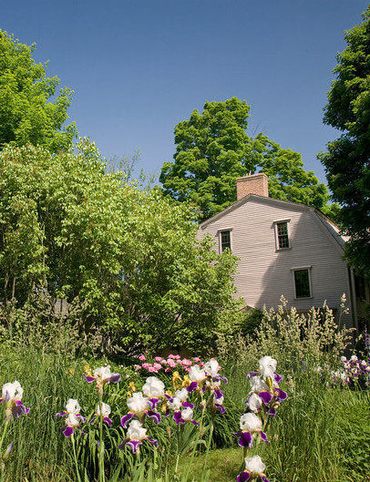
12 Places in Massachusetts Where Literature Comes to Life
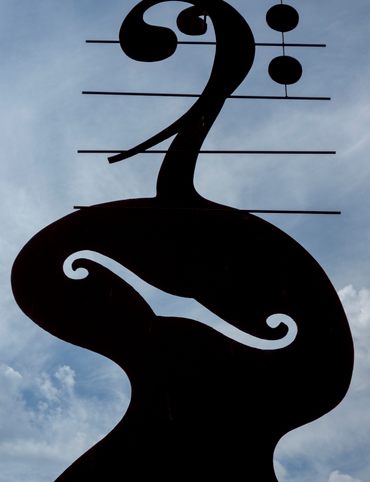
8 Places to Get Musical in Minnesota
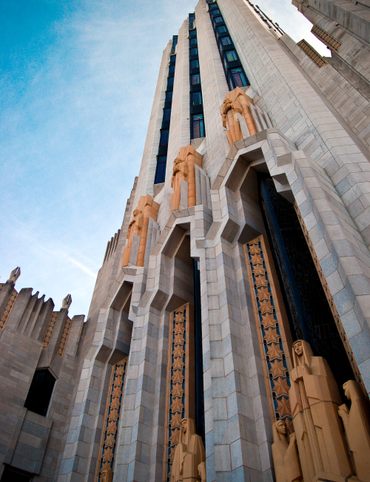
8 Buildings That Prove Oklahoma's an Eclectic Art Paradise
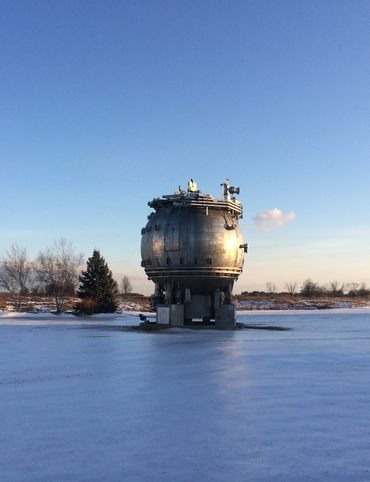
9 Stunning Scientific Sites in Illinois
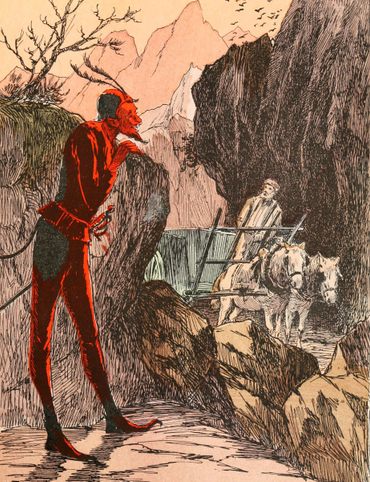
5 Strange and Satanic Spots in New Hampshire
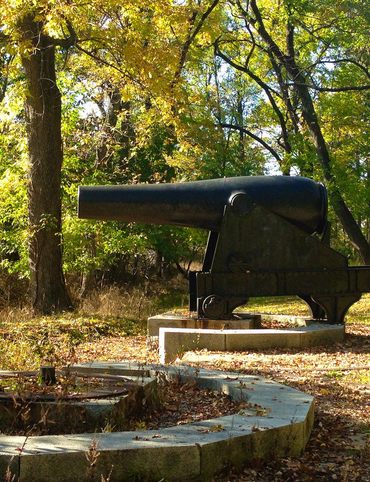
8 Historic Military Relics in Maryland
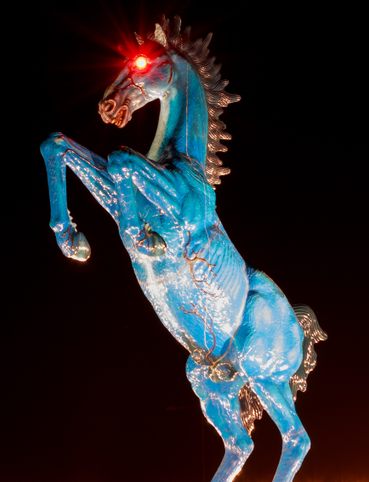
5 of Colorado's Least-Natural Wonders

Rogue Routes: The Road to Sky’s the Limit

6 Hallowed Grounds in South Carolina
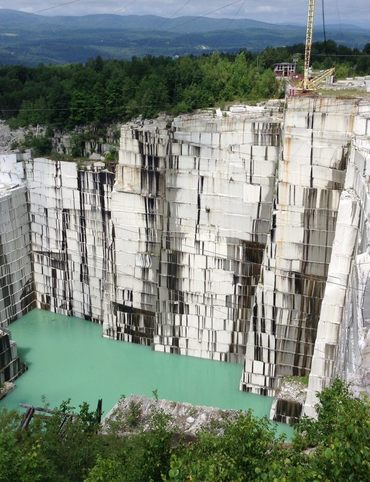
9 Rocking Places in Vermont

Knoxville Study Guide
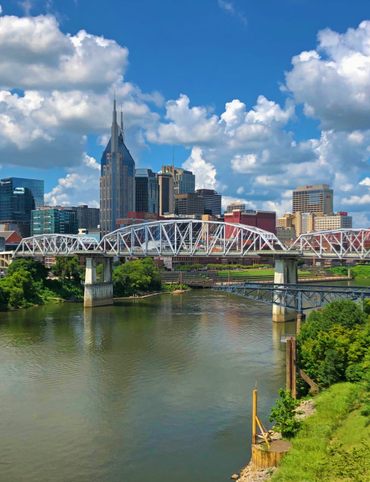
Nashville Study Guide
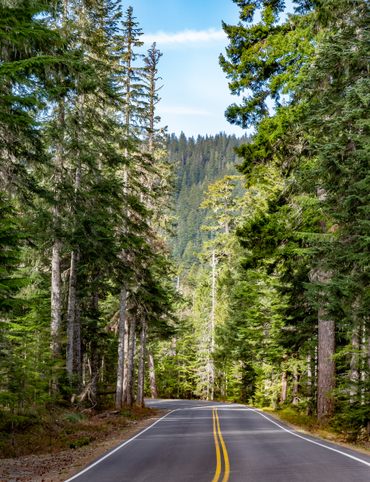
Rogue Routes: The Road to Camp Colton
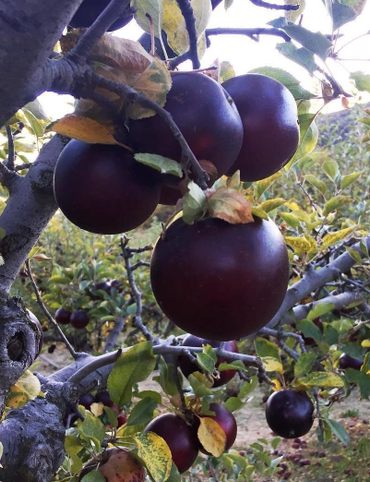
Black Apples and 6 Other Southern Specialties Thriving in Arkansas
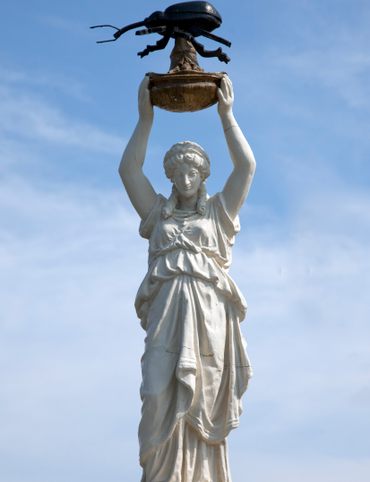
4 Monuments to Alabama’s Beloved Animals
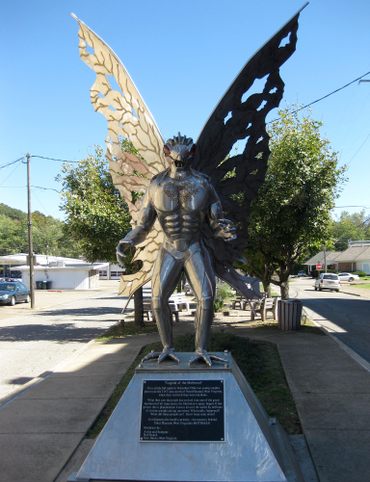
The Dark History of West Virginia in 9 Sites
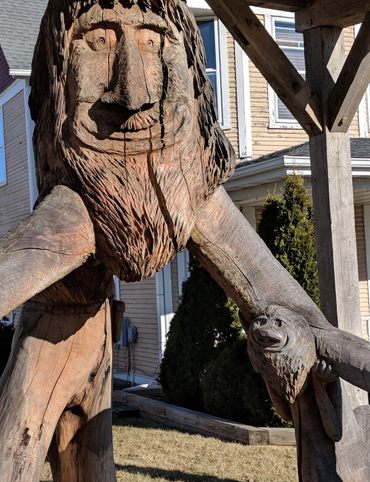
11 Zany Collections That Prove Wisconsin's Quirkiness
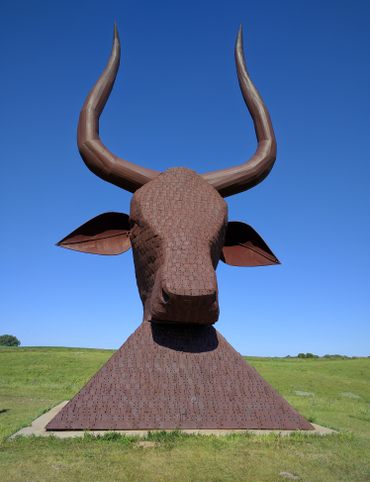
7 Inexplicably Huge Animals in South Dakota
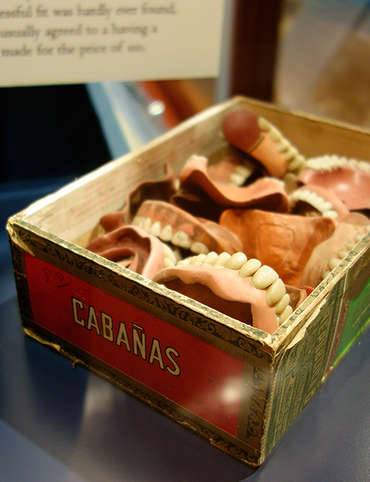
6 Fascinating Medical Marvels in Pennsylvania
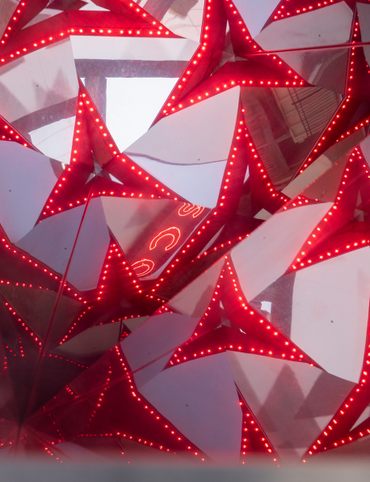
8 Places in Virginia That Aren’t What They Seem
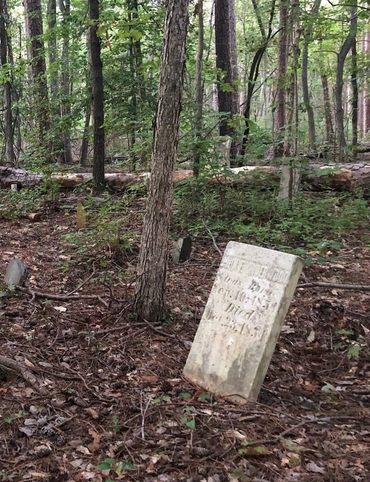
7 Cool, Creepy, and Unusual Graves Found in North Carolina
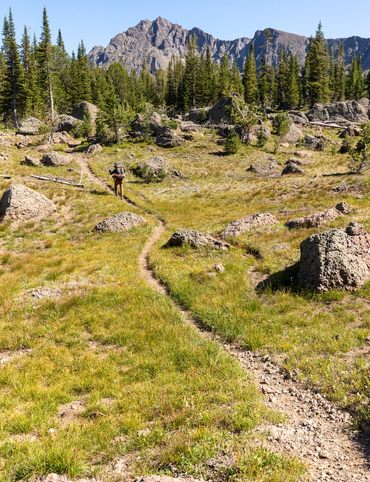
7 of Montana's Spellbinding Stone Structures
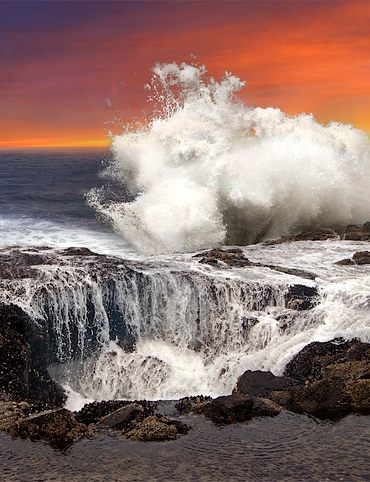
9 of Oregon’s Most Fascinating Holes and Hollows
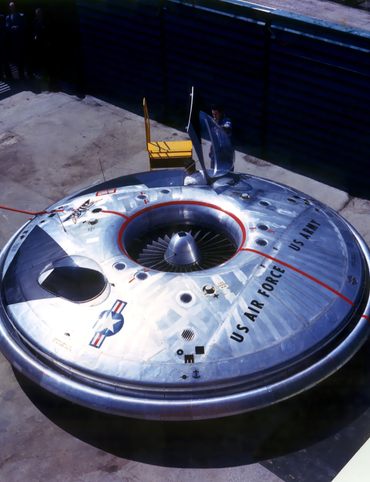
Take to the Skies With These 9 Gravity-Defying Sites in Ohio
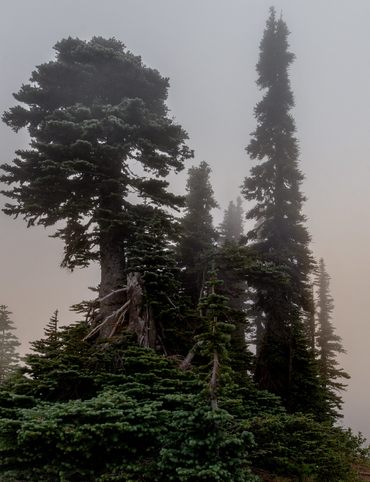
9 Strange and Surreal Spots in Washington State
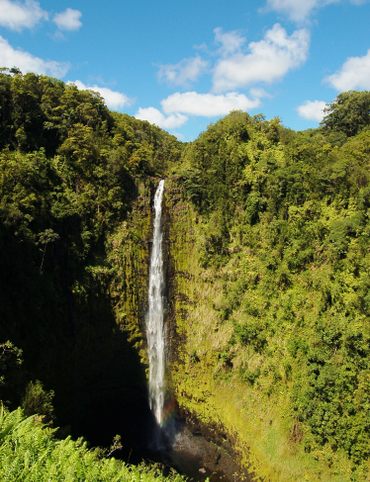
8 Watery Wonders in Hawaiʻi, Without Setting Foot in the Ocean
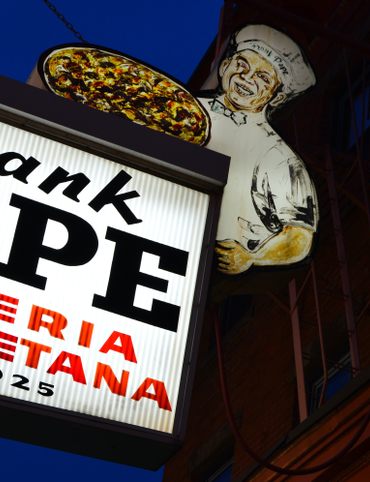
6 Unusual Eats Curiously Cooked Up in Connecticut

11 Close Encounters With Aliens and Explosions in New Mexico
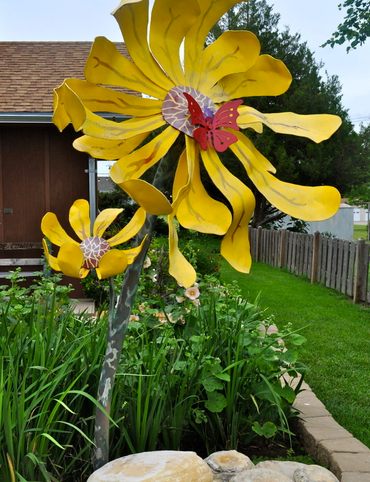
10 Places to Trip Way Out in Kansas
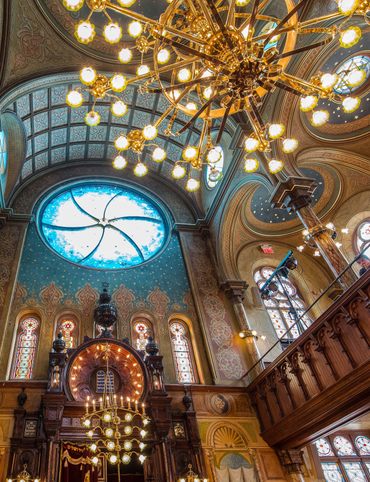
The Resilience of New York in 10 Remarkable Sites

7 Very Tall Things in Very Flat North Dakota
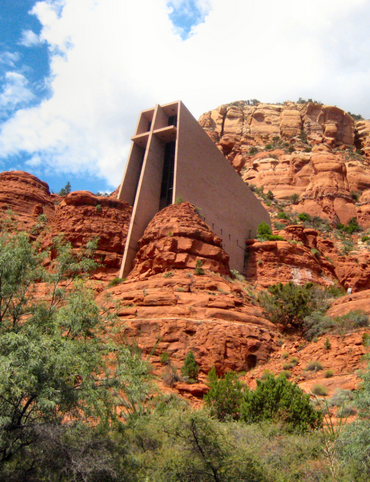
8 Blissfully Shady Spots to Escape the Arizona Sun
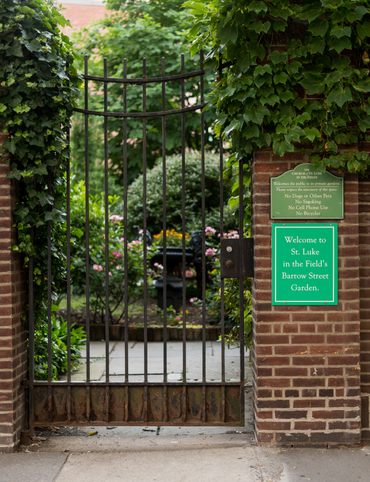
On the Run: NYC
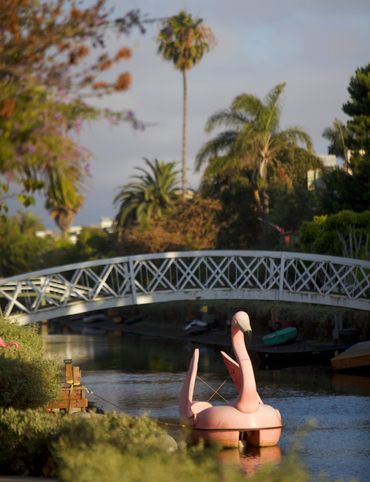
On the Run: Los Angeles

9 Surprisingly Ancient Marvels in Modern California
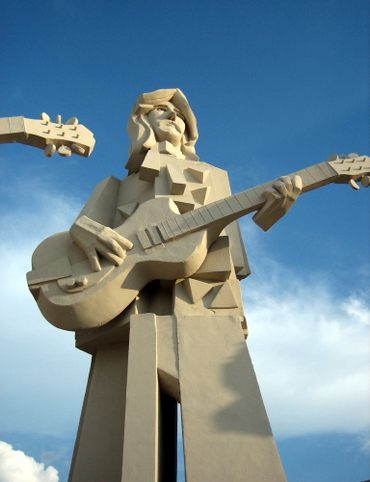
10 Art Installations That Prove Everything's Bigger in Texas
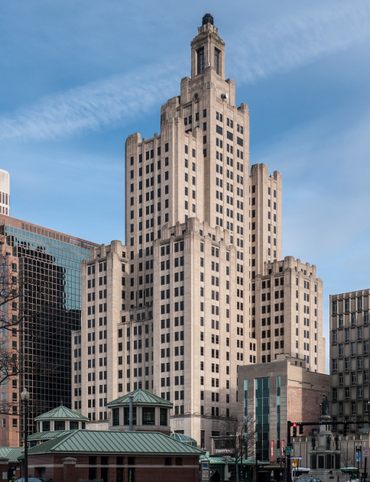
6 Huge Things in Tiny Rhode Island
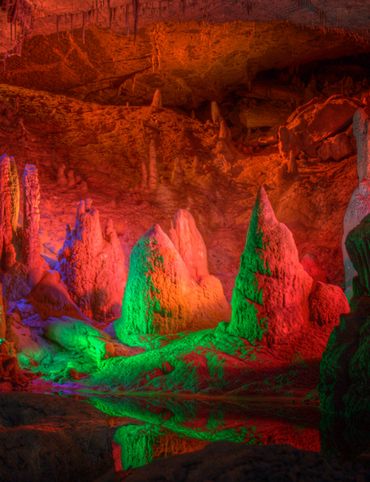
7 Underground Thrills Only Found in Tennessee

Sink Into 7 of Louisiana's Swampiest Secrets

7 Mechanical Marvels in Michigan

11 Wholesome Spots in Nevada
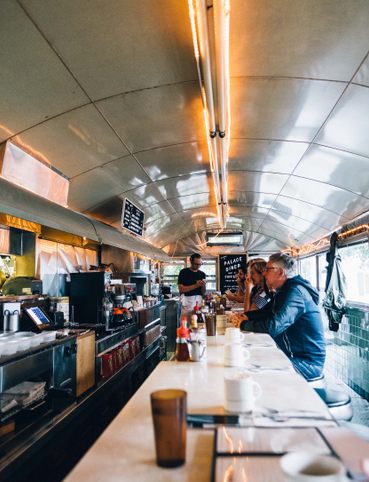
7 Places to Glimpse Maine's Rich Railroad History
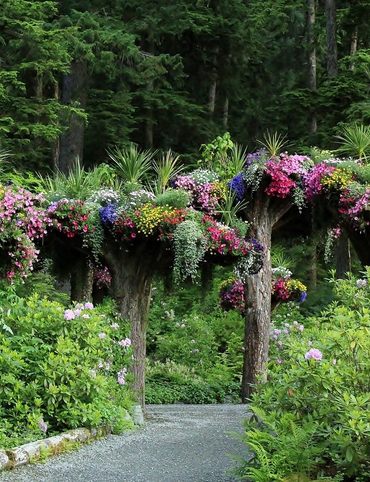
11 Places Where Alaska Bursts Into Color
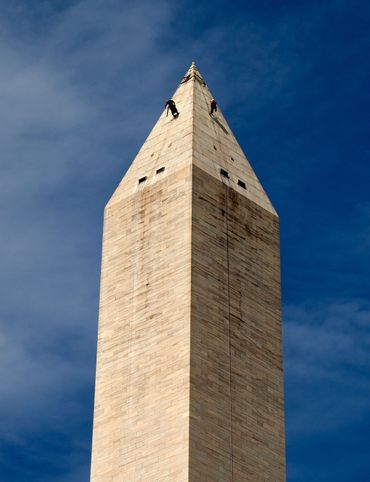
9 Places in D.C. That You're Probably Never Allowed to Go
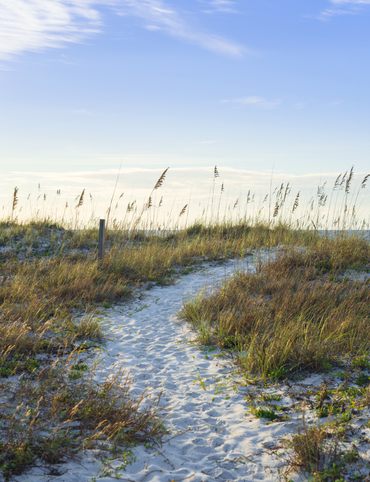
2 Perfect Days in Pensacola
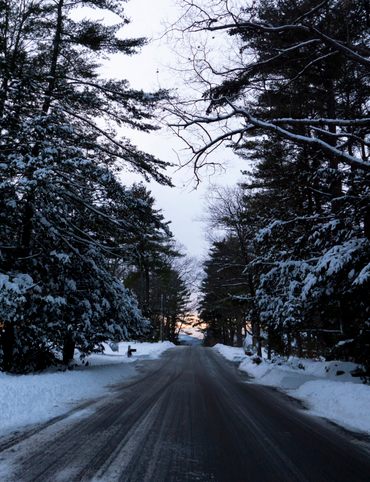
Rogue Routes: The Road to the Ice Castles

Taste of Tucson
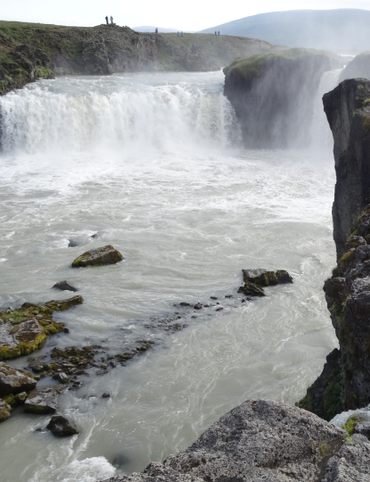
North Iceland’s Untamed Coast

Hidden Edinburgh
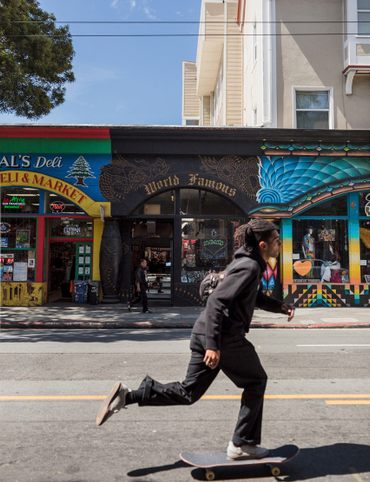
Hidden Haight-Ashbury
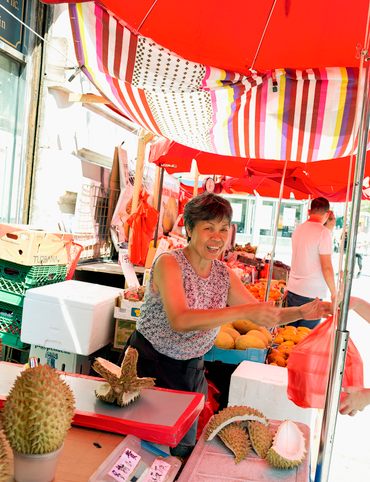
The Many Flavors of NYC’s Five Boroughs
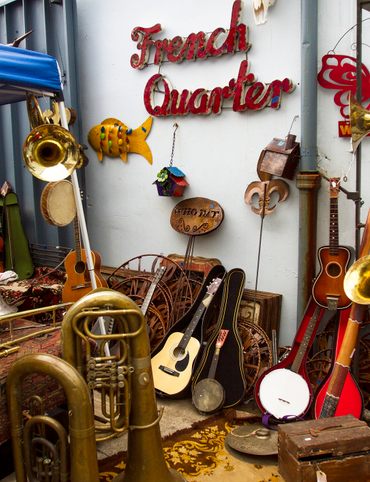
Hidden French Quarter
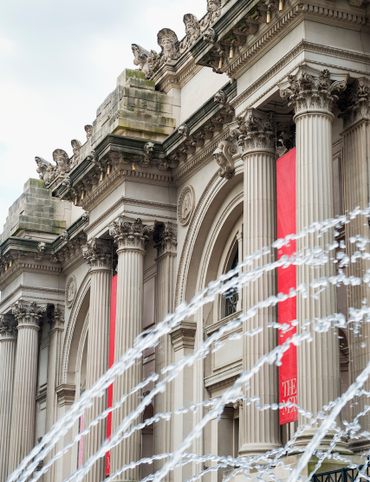
The Metropolitan Museum of Art
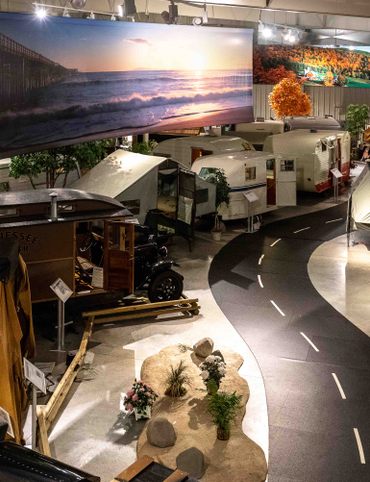
Motown to Music City Road Trip

Gulf Coast Road Trip

Hidden Coachella Valley
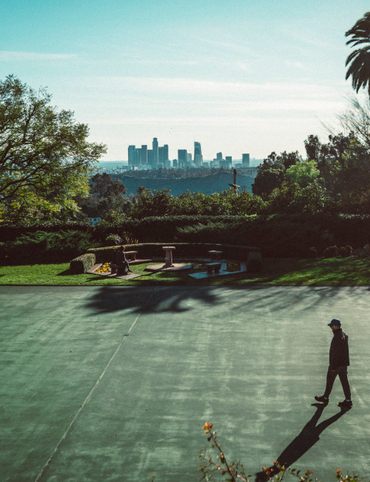
Highland Park

Venice
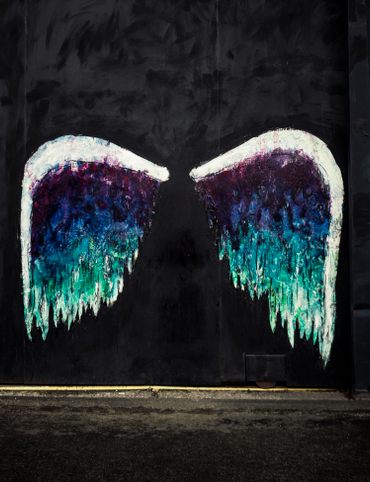
L.A.’s Downtown Arts District
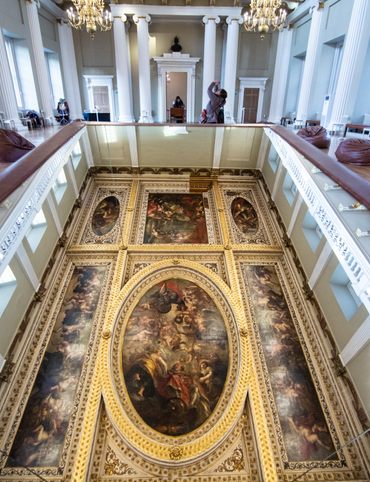
Hidden Trafalgar Square

Secrets of NYC’s Five Boroughs
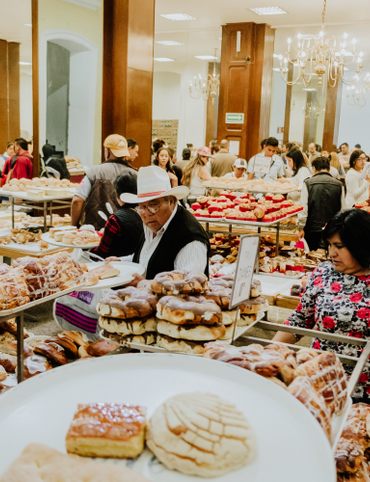
Mexico City's Centro Histórico

Hidden Hollywood
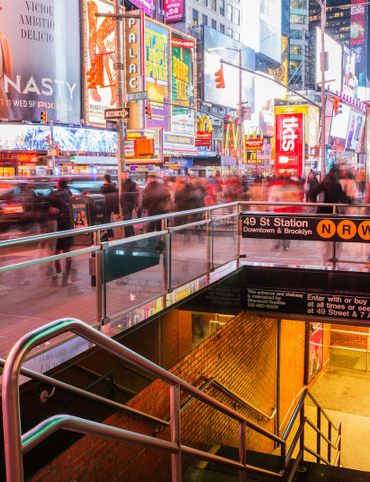
Hidden Times Square

Summer Radio Road-Trip
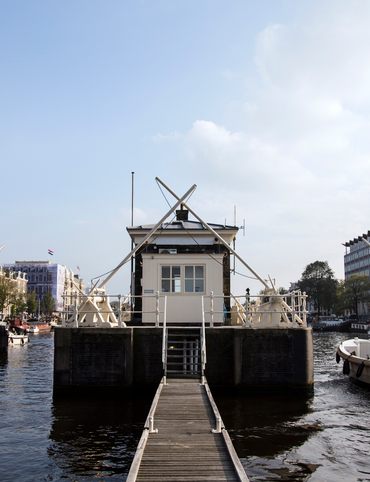
Amsterdam
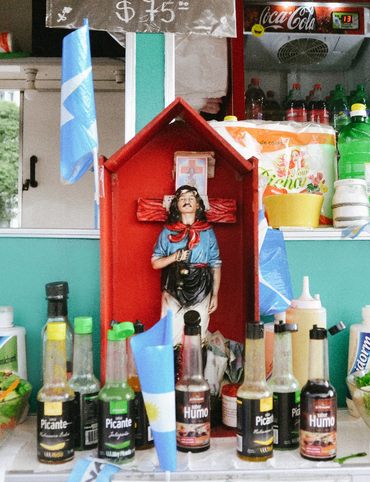
Buenos Aires
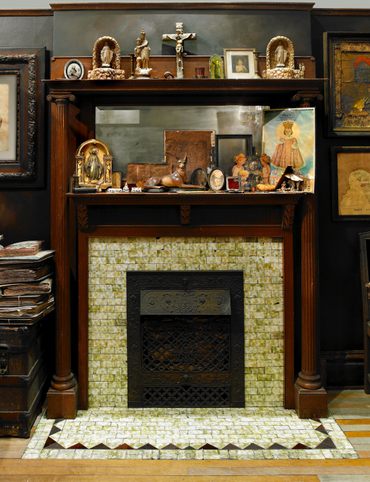
Chicago
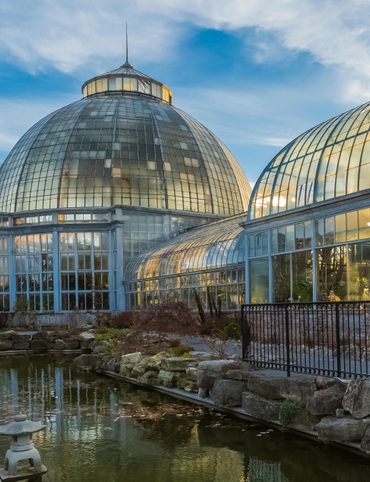
Detroit
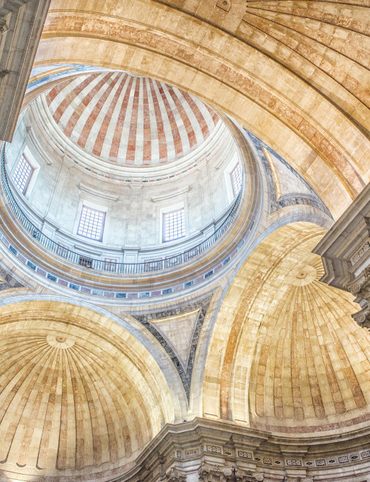
Lisbon
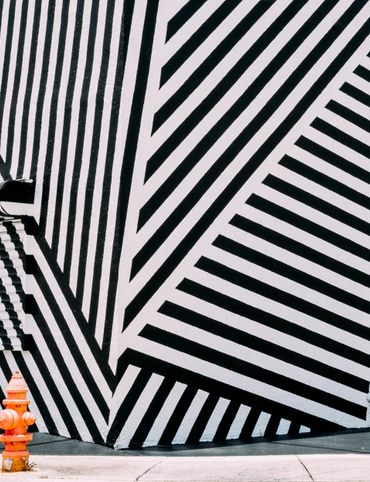
Miami
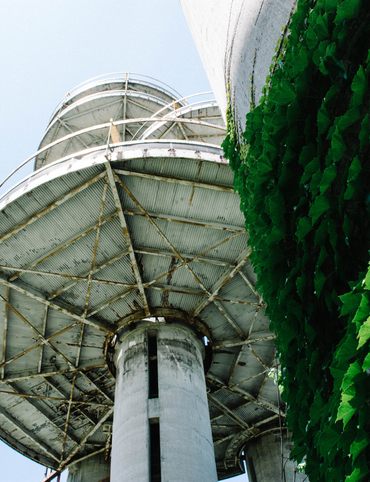
Queens

San Diego
